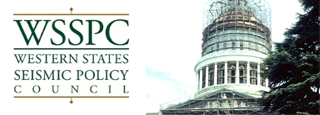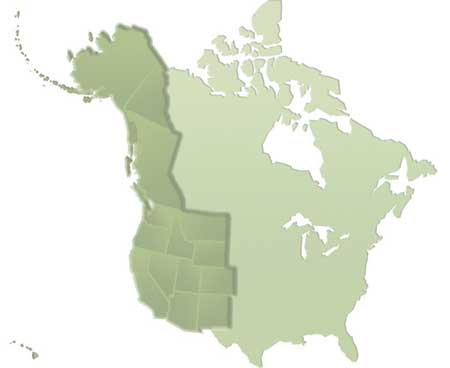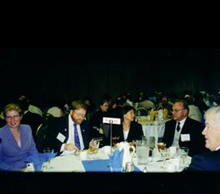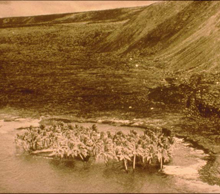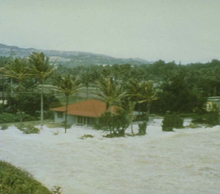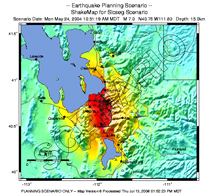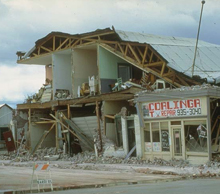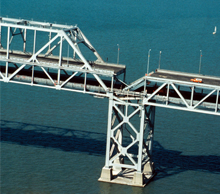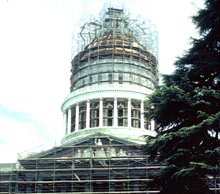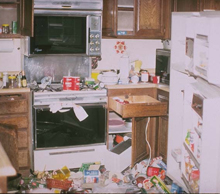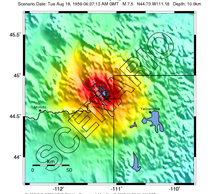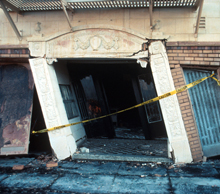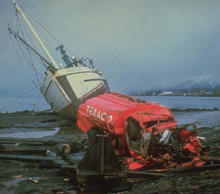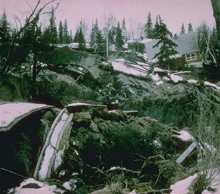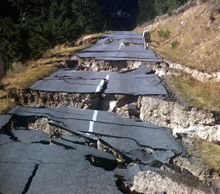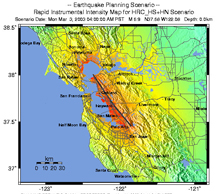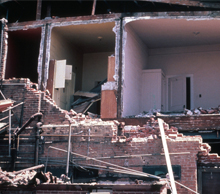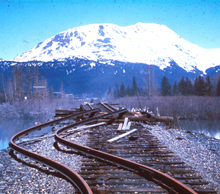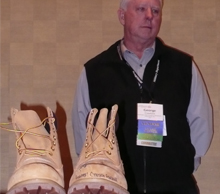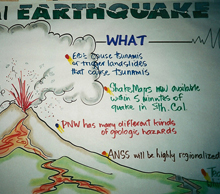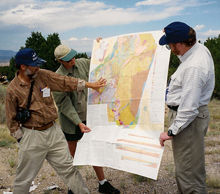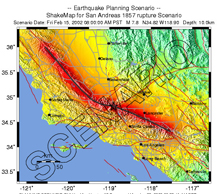Description
The 1964 Alaska Tsunami was generated by a 9.2 magnitude earthquake, the largest ever recorded in North America. The earthquake, also known as the 1964 Alaskan earthquake, the Great Alaskan earthquake, and the Good Friday Earthquake, caused significant earth shaking for at least 4 minutes, and affected virtually all of the coastal communities in Alaska. The state suffered enormous damage, and the resulting tsunami waves reached as high as 27 feet in some areas. A total of 128 people died as a result of the tsunami, including 16 from California and 4 children from Oregon. Damages to Pacific Coast states and territories totaled $895 million (2011 USD).
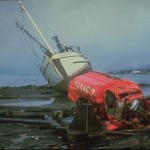
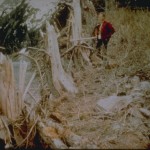
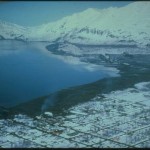
Left: Tsunami damage to the waterfront at Resurrection Bay in Seward, Alaska (Image: US Department of Interior).
Middle: Trees as much as 2 feet in diameter were destroyed at Shoup Bay, Alaska (Image: US Geological Survey).
Right: Aerial view of Valdez, Alaska, after the tsunami (Image: US Department of Interior).
Impact
Of the tsunami-related deaths, approximately two-thirds were from the local waves generated during or immediately after the earthquake. Earth movement was so dramatic that seiches were created as far away as Louisiana, where a number of fishing boats were sunk.
The destruction of property was unprecedented. Nearly every coastal community in Alaska was affected, with damage also occurring in British Columbia, and the states of Washington, Oregon and California. The entire town of Valdez, which experienced a tsunami caused by a submarine landslide, had to be relocated due to the resulting ground instability in the area. In some areas, the residents lost their entire livelihoods because of the total destruction of business and industrial facilities.
Lessons Learned
The Good Friday earthquake was a wake-up call for the United States, which recognized that had a similar-sized earthquake occurred in a major metropolitan area, the disaster would have been far worse in terms of fatalities and economic impact. After the disaster, a number of federal agencies issued reports and recommendations and began agency-specific programs, but it wasn’t until 1971, after the San Fernando earthquakes in California, that there was sufficient Congressional interest to move forward with a national initiative. The National Earthquake Hazards Reduction Program (NEHRP) was finally authorized in 1977, 13 years after the Good Friday earthquake; its mission is to identify ways to reduce earthquake risk to people and property.
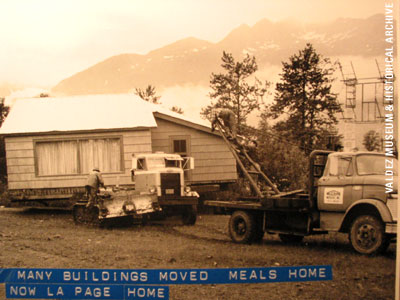 Locally, the townspeople of Valdez taught the country a lesson in resiliency. The earthquake caused a submarine landslide, taking with it a portion of the town; the resulting tsunami caused even further destruction. After discovering the ground under the remaining portions of Valdez was unstable, the town decided to relocate four miles away. Valdez rebuilt itself quickly, and in 1965 was awarded the designation of All America City, a National Civic League award that recognizes communities whose citizens work together to identify and tackle community-wide challenges and achieve uncommon results.
Locally, the townspeople of Valdez taught the country a lesson in resiliency. The earthquake caused a submarine landslide, taking with it a portion of the town; the resulting tsunami caused even further destruction. After discovering the ground under the remaining portions of Valdez was unstable, the town decided to relocate four miles away. Valdez rebuilt itself quickly, and in 1965 was awarded the designation of All America City, a National Civic League award that recognizes communities whose citizens work together to identify and tackle community-wide challenges and achieve uncommon results.
Above: Residents physically moved surviving buildings to the new town site. (Image: Valdez Museum & Historical Archives)
References and Additional Resources
BC Civil Defense: Special Report on the Alberni Tidal Wave Disaster
http://www.wsspc.org/wp-content/uploads/2014/04/alberni_tsunami_report_1964-4.pdf
Alaska Earthquake Information Center
http://www.aeic.alaska.edu/tsunami/tsun64/
http://www.aeic.alaska.edu/quakes/Alaska_1964_earthquake.html
Valdez, Alaska: History of Valdez
http://www.valdezalaska.org/discover-valdez-history/valdez-history-1964-good-friday-earthquake
1964 Alaska Tsunami event:
http://www.ngdc.noaa.gov/nndc/struts/results?eq_0=4311&t=101650&s=18&d=398,91,95,93&nd=display
